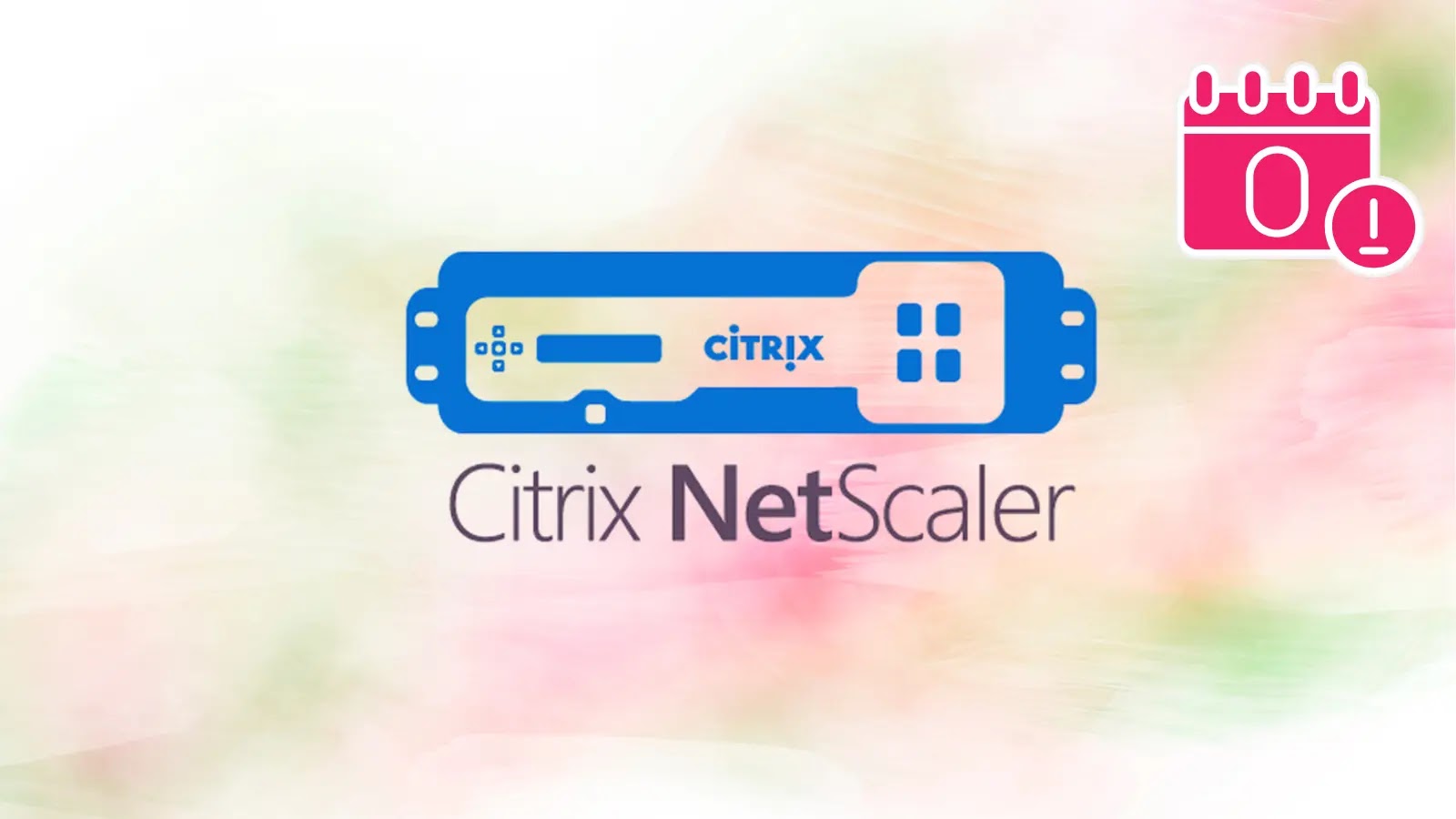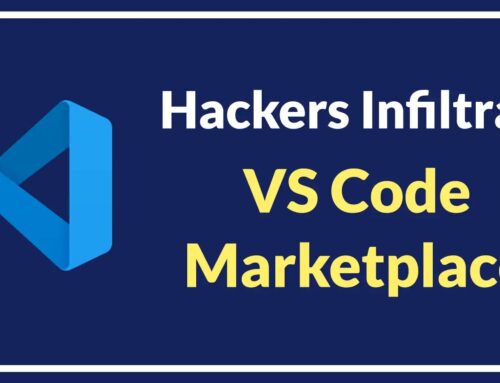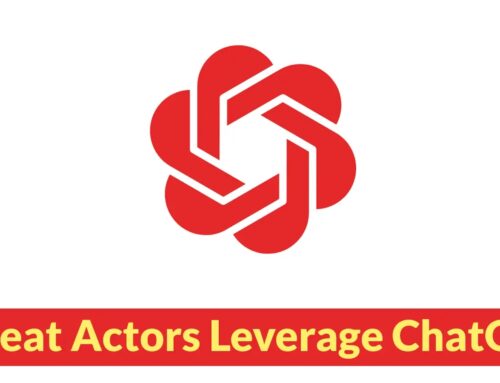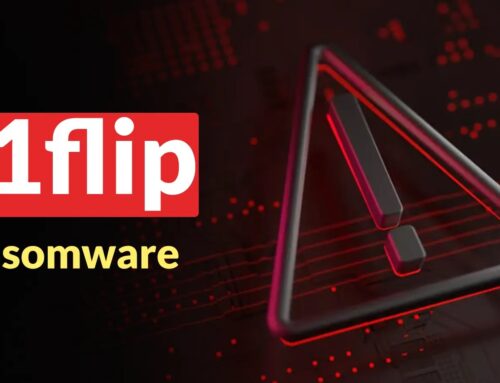
CISA Warns of Citrix Netscaler 0-day RCE Vulnerability Exploited in Attacks
Urgent Warning: CISA Flags Critical Citrix NetScaler 0-Day RCE Exploited in Attacks
A critical new threat has emerged, demanding immediate attention from IT and cybersecurity professionals. The Cybersecurity and Infrastructure Security Agency (CISA) has issued an urgent warning regarding a severe zero-day vulnerability affecting Citrix NetScaler systems. This vulnerability, designated as CVE-2025-7775, is not merely theoretical; it is actively being exploited by malicious actors, prompting its immediate inclusion in CISA’s Known Exploited Vulnerabilities (KEV) Catalog.
Understanding the Threat: CVE-2025-7775 Explained
The vulnerability at the heart of CISA’s warning is a memory overflow flaw within Citrix NetScaler. Specifically, CVE-2025-7775 allows for remote code execution (RCE). This means that an attacker, potentially without needing authentication, could exploit this flaw to execute arbitrary code on a vulnerable NetScaler system. The implications are severe, ranging from data theft and system takeover to the establishment of persistent backdoors within corporate networks.
The severity of this vulnerability is underscored by its classification as a “zero-day” and its active exploitation in the wild. This combination signifies that the vulnerability was publicly unknown and unpatched when attacks began, leaving organizations previously exposed without a readily available defense.
Active Exploitation and CISA’s KEV Catalog Inclusion
The decisive factor in CISA’s urgent alert is the documented evidence of active exploitation. Malicious cyber actors have been leveraging CVE-2025-7775 for nefarious purposes, making it an immediate and present danger to affected organizations. CISA’s response was swift, adding this vulnerability to its KEV Catalog on August 26, 2025. This action mandates that federal agencies prioritize patching and mitigation efforts for all systems listed in the catalog, but it serves as a critical recommendation for all public and private sector entities.
Inclusion in the KEV Catalog signifies that the vulnerability poses a significant risk to the federal enterprise and, by extension, to critical infrastructure and organizations globally. It is a clear signal that patching is not optional but imperative.
Affected Systems and Potential Impact
The warning specifically targets Citrix NetScaler systems. Organizations utilizing these appliances for application delivery, load balancing, or secure remote access should immediately assess their exposure. The potential impact of successful exploitation includes:
- Full System Compromise: Attackers could gain complete control over the vulnerable NetScaler appliance.
- Network Infiltration: A compromised NetScaler could serve as a pivot point for attackers to move laterally within the network.
- Data Exfiltration: Sensitive data flowing through or stored on the appliance could be exfiltrated.
- Service Disruption: Attackers could disrupt critical services reliant on the NetScaler appliance.
- Establishment of Persistence: Adversaries might install malware or backdoors to maintain long-term access.
Remediation Actions and Mitigation Strategies
Immediate action is paramount to secure systems against CVE-2025-7775. Organizations must prioritize the following steps:
- Patch Immediately: The most crucial step is to apply the official patches released by Citrix as soon as they become available. Monitor Citrix’s official security advisories and support channels for the latest information.
- Isolate and Monitor: If immediate patching is not possible, strongly consider isolating affected NetScaler appliances from the broader network, if feasible, and implementing enhanced monitoring for any anomalous activity.
- Review Logs: Scrutinize NetScaler logs for any indicators of compromise (IOCs) such as unusual login attempts, unexpected command executions, or outbound connections.
- Network Segmentation: Ensure strong network segmentation around NetScaler appliances to limit lateral movement in case of compromise.
- Principle of Least Privilege: Verify that NetScaler systems operate with the minimum necessary privileges.
- Regular Backups: Maintain regular, secure backups of NetScaler configurations and data to facilitate recovery in the event of a successful attack.
Tools for Detection and Mitigation
Leveraging appropriate tools can aid in identifying exposure and implementing mitigation strategies effectively.
| Tool Name | Purpose | Link |
|---|---|---|
| Official Citrix Security Advisories | Source for CVE details, patch availability, and mitigation guidance. | https://support.citrix.com/security |
| Vulnerability Scanners (e.g., Nessus, Qualys, OpenVAS) | Identify vulnerable NetScaler versions and configurations. | https://www.tenable.com/products/nessus |
| Network Intrusion Detection/Prevention Systems (IDS/IPS) | Detect and potentially block suspicious traffic patterns indicative of exploitation attempts. | (Vendor specific, e.g., Cisco, Palo Alto, Fortinet) |
| Security Information and Event Management (SIEM) | Aggregate and analyze logs from NetScaler and other systems for anomaly detection. | (Vendor specific, e.g., Splunk, IBM QRadar, Microsoft Azure Sentinel) |
Key Takeaways for Cybersecurity Professionals





